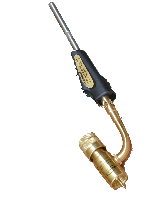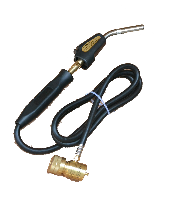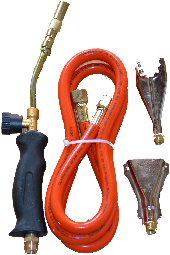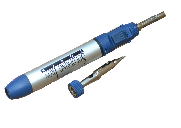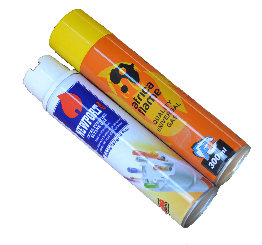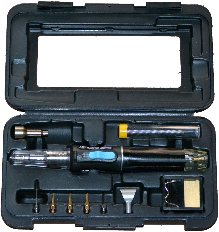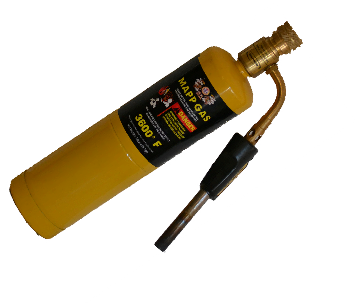MAPP gas is widely regarded as a safer and easier-to-use substitute for acetylene
MAPP gas can be used for heating, soldering and brazing due to its high flame temperature of
2925 °C (5300 °F) in oxygen. Although acetylene has a higher flame temperature (3160 °C,
5720 °F),
MAPP gas is also used in combustion with air for brazing and soldering, where it
has a slight advantage over competing propane fuel due to its higher combustion temperature
of 2,020 °C (3,670 °F) in air.
However, for the small-scale user the MAPP flame is still highly desirable, having
higher flame temperatures and energy densities than any flame other than acetylene/oxygen,
but without the dangers and inconveniences of acetylene/oxygen. Jewelers, glass bead
makers, and many others find it very useful. Plumbers, refrigeration and HVAC engineers
and other tradesmen also value the high heat capacity of the MAPP/air flame;
Some advantages of brazing
Brazing has many advantages over other metal-joining techniques, such as welding.
Since brazing does not melt the base metal of the joint, it allows much tighter control
over tolerances and produces a clean joint without the need for secondary finishing.
Additionally, dissimilar metals and non-metals (i.e. metalized ceramics) can be brazed. In
general, brazing also produces less thermal distortion than welding due to the uniform
heating of a brazed piece. Complex and multi-part assemblies can be brazed cost-effectively.
Welded joints must sometimes be ground flush, a costly secondary operation that brazing
does not require because it produces a clean joint. Another advantage is that the
brazing can be coated or clad for protective purposes. Finally, brazing is easily
adapted to mass production and it is easy to automate because the individual process
parameters are less sensitive to variation.

